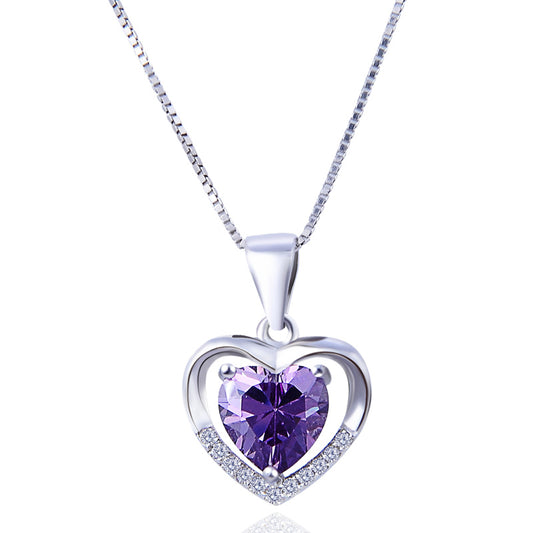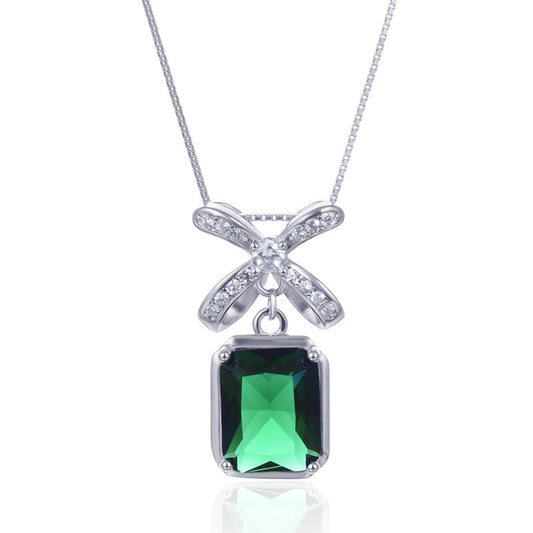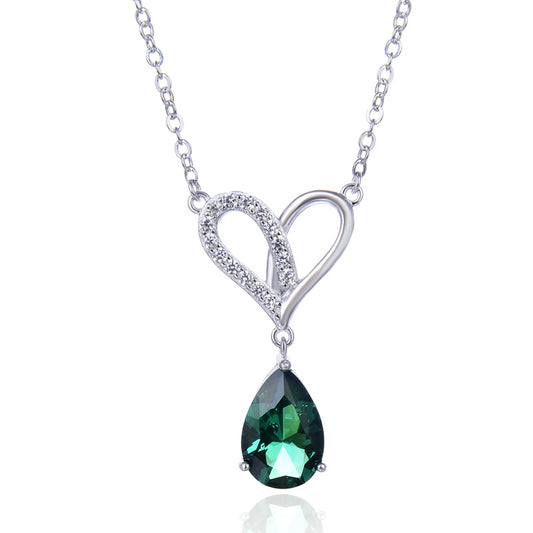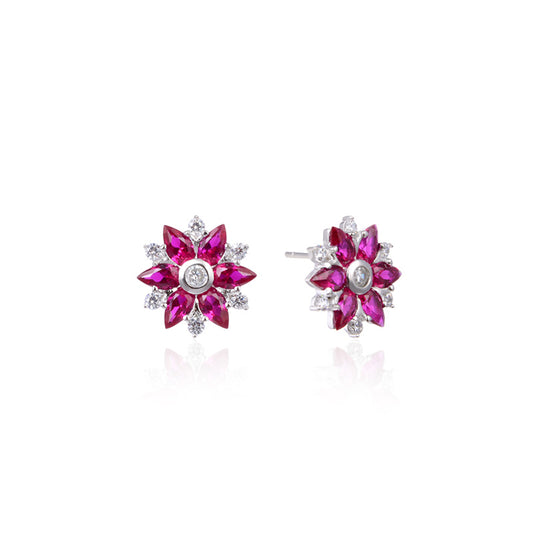The Essential Guide to Understanding 925 Au on Jewelry
When shopping for jewelry, you may come across the term 925 Au on Jewelry. If you're not familiar with this designation, it can be confusing. In this guide, we'll delve into the meaning, history, and significance of 925 Au on jewelry, helping you make informed decisions when purchasing gold-plated jewelry.
What is 925 Au on Jewelry?
The term "925 Au" on jewelry refers to a specific type of gold plating over sterling silver. Let's break down the components of this designation:
- 925: This number indicates the purity of the silver used as the base metal. 925 represents 92.5% pure silver, also known as sterling silver. Sterling silver is an alloy of silver containing 92.5% by weight of silver and 7.5% by weight of other metals, usually copper. This combination enhances the durability and hardness of the silver while maintaining its beautiful luster.
- Au: This symbol stands for gold, derived from the Latin word for gold, "aurum." In the context of jewelry, it indicates that the piece has been plated or coated with a thin layer of gold.
When you see "925 Au" on jewelry, it means the piece is made of sterling silver with a thin layer of gold plating. This combination offers the best of both worlds: the durability and affordability of silver with the luxurious look of gold.
History of 925 Au on Jewelry
The practice of plating silver with gold dates back centuries, but the specific designation "925 Au" has emerged more recently as a way to standardize and communicate the quality of the jewelry to consumers.
Gold plating over silver became popular in the late 19th and early 20th centuries as a way to create affordable yet elegant jewelry. By coating silver with a thin layer of gold, jewelers could offer the look of solid gold jewelry at a fraction of the cost.
Over time, as manufacturing techniques improved, the process became more refined, and the quality of the plating increased. The "925 Au" designation emerged as a way to clearly communicate to consumers that the jewelry they were purchasing was made of sterling silver with a gold plating.
Technical Aspects of 925 Au on Jewelry
The process of plating sterling silver with gold involves several steps:
- Preparation: The sterling silver base is cleaned and polished to ensure a smooth surface for the gold plating to adhere to.
- Electroplating: An electrical current is used to deposit a thin layer of gold onto the silver surface. This process ensures a uniform and consistent coating of gold.
- Finishing: After plating, the jewelry is polished and inspected for any imperfections. Additional coating or polishing may be applied to enhance the luster and durability of the gold plating.
It's important to note that gold plating is a thin layer and may wear off over time, revealing the sterling silver underneath. The thickness and durability of the plating can vary depending on the manufacturer and the quality of the plating process.
Benefits of 925 Au on Jewelry
There are several benefits to choosing 925 Au jewelry:
- Affordability: Compared to solid gold jewelry, 925 Au jewelry offers a more affordable option without sacrificing style or elegance.
- Durability: The combination of sterling silver and gold plating provides a durable and long-lasting jewelry piece. Sterling silver is known for its strength and hardness, while the gold plating adds a touch of luxury.
- Versatility: 925 Au jewelry comes in a wide range of styles and designs, making it suitable for various occasions and ensembles.
- Hypoallergenic: Sterling silver is hypoallergenic, making it a great choice for those with sensitive skin.
Caring for Your 925 Au Jewelry
Proper care and maintenance are essential to preserve the beauty and longevity of your 925 Au jewelry. Here are some tips to keep your jewelry looking its best:
- Avoid Exposure to Chemicals: Remove your jewelry before swimming, showering, or engaging in activities that expose it to chemicals like chlorine or perfume. These chemicals can damage the gold plating and sterling silver base.
- Store Properly: Store your jewelry in a dry, airtight container to prevent tarnishing and scratching. Avoid storing multiple pieces together to prevent them from rubbing against each other.
- Clean Regularly: Use a soft cloth to gently wipe away dirt and oils from your jewelry. Avoid using abrasive cleaners or chemicals, as they can damage the plating and silver base.
- Professional Maintenance: Consider having your jewelry professionally cleaned and polished periodically to maintain its luster and durability.
Conclusion
925 Au on Jewelry offers an affordable and elegant alternative to solid gold jewelry. By combining the durability of sterling silver with the luxurious look of gold, this type of jewelry provides a versatile and long-lasting option for various occasions. With proper care and maintenance, your 925 Au jewelry can become a cherished part of your collection for years to come.








